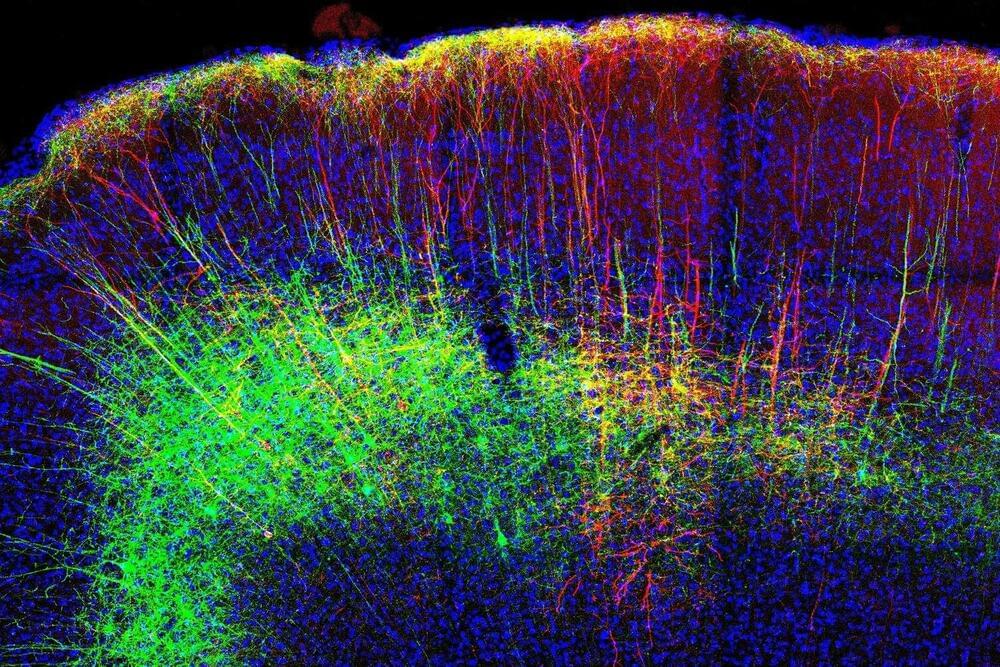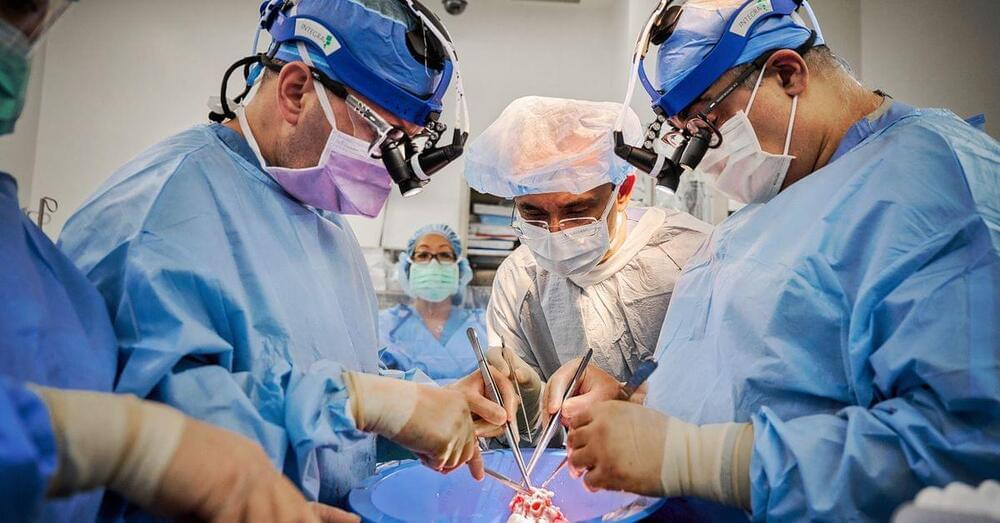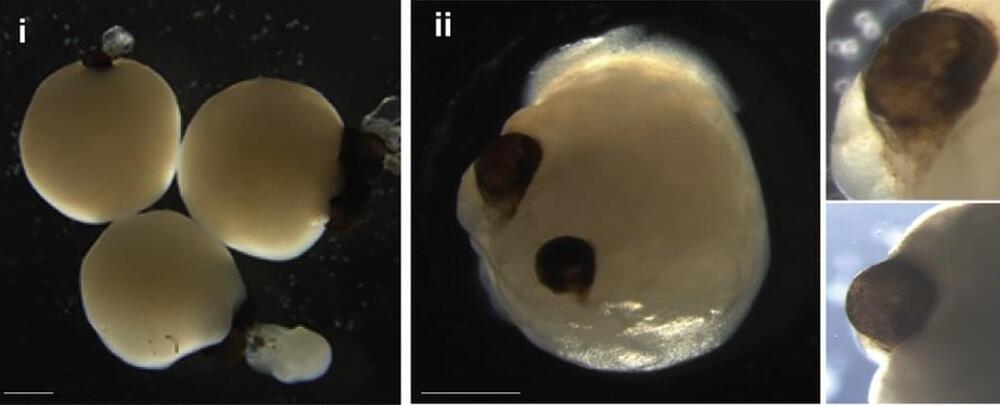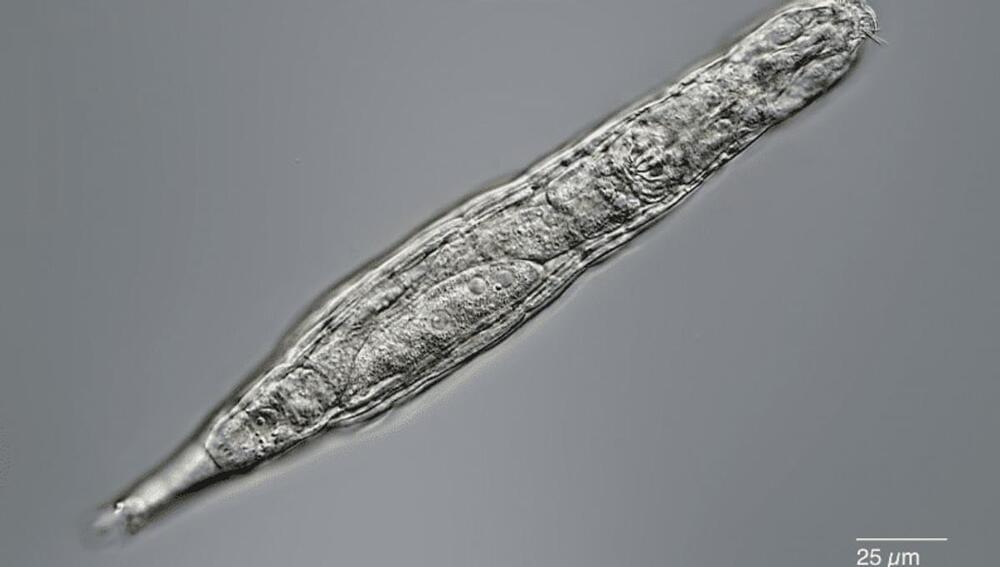Read the story: https://aperture.gg/blogs/the-universe/should-we-seek-immortality.
Merch: https://aperture.gg/merch.
Although we’ve been socialized to accept death as an inevitability, and live our lives knowing that its looming shadow will one day catch up with us, many of us might never really come to terms with it. Throughout our evolution, we’ve come up with ideas, beliefs and theories that attempt to shine a light deep into the cold, dark abyss of death to give ourselves a hope of continued living and everlasting existence. Could we really stop our cells from aging? If you could, would you want to be immortal?
Stay connected with Aperture:
Website: https://aperture.gg/
Instagram: https://www.instagram.com/theapertureyt/
Twitter: https://twitter.com/TheApertureYT
Check out our other channels:
What If: https://bit.ly/youtube-What-If.
How to Survive: https://bit.ly/how-to-survive-show.
Crazy Creatures: https://bit.ly/crazy-creatures-show.
Your Body On: https://bit.ly/your-body-on-show.
Origins of Food: https://bit.ly/origins-of-food.
Versus: https://bit.ly/versus-show.
WTF Did I Just Watch: https://bit.ly/wtf-did-i-just-watch.
Questions or concerns? Contact us at https://underknown.com/contact/
#aperture #immortality #life








